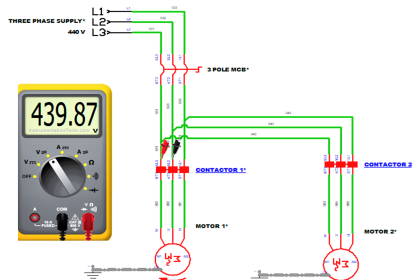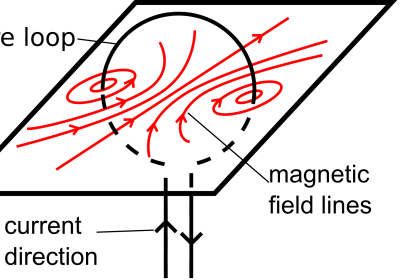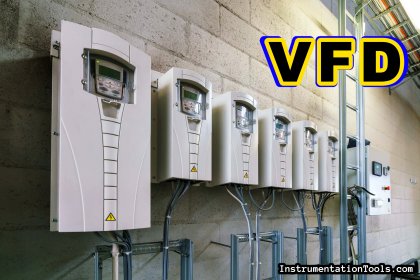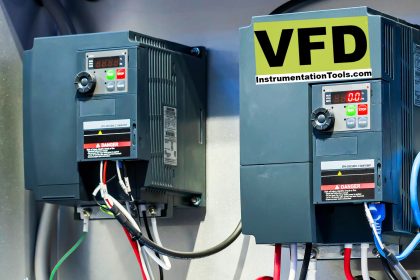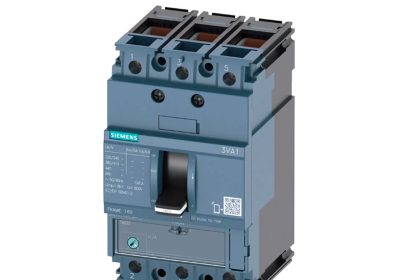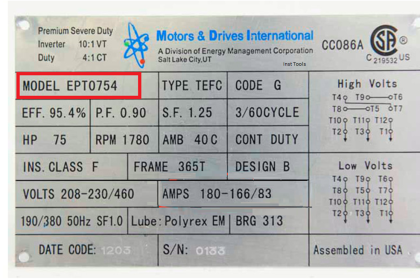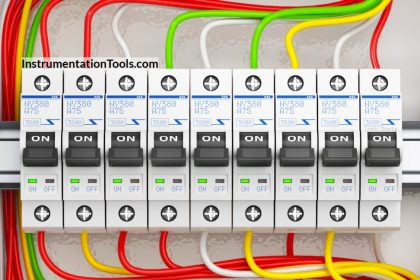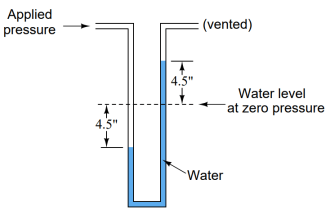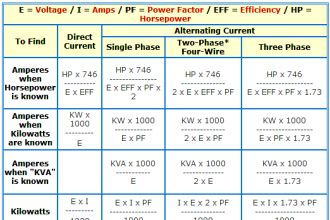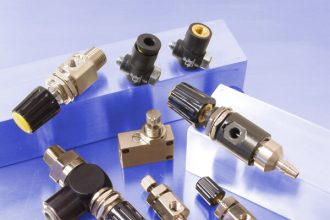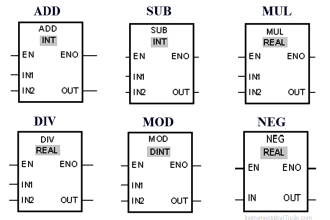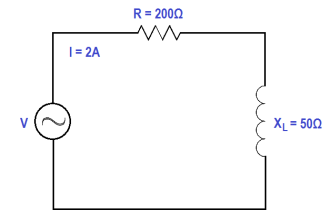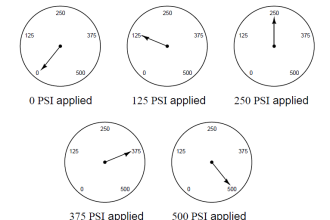Whenever you pass around a transformer, you must have heard a strange sound of humming surrounding it. This is mostly heard in large transformers. This sounds weird but it is true; because everyone wonders why if there is no moving part in it, then why the sound is produced.
In this post, we will learn why a humming sound is produced in a transformer because it will then help the engineers to design the transformer properly.
Transformer Humming Sound
A transformer works on converting voltage either in step-up or step-down mode. It has two basic windings – primary and secondary. The windings are wound on a laminated magnetic core sheet. There are multiple such sheets in a transformer housing.
These cores are multiple in number to reduce Eddy current losses. When current flows through windings, a magnetic field is generated around the cores. It will then flow fully around the cores. This means that the laminated sheets are now turning into a magnet when electric current flows through them.
Now, an AC current pulsates up and down in every cycle. So, suppose at 50 Hz of supply, the magnetic field will change its shape 200 times even in just two cycles (50 up and 50 down). As the magnetic field is flowing through the core, it means that the field will expand and contract 200 times in 2 cycles.
So, you can imagine how the magnet is expanding and contracting such fast. This is not only in a single core sheet; there are multiple such core sheets. If all the cores are behaving in the same way, then the sheets will vibrate in a large way. This rapid vibration causes a humming sound. This concept causes a humming sound in the transformer.
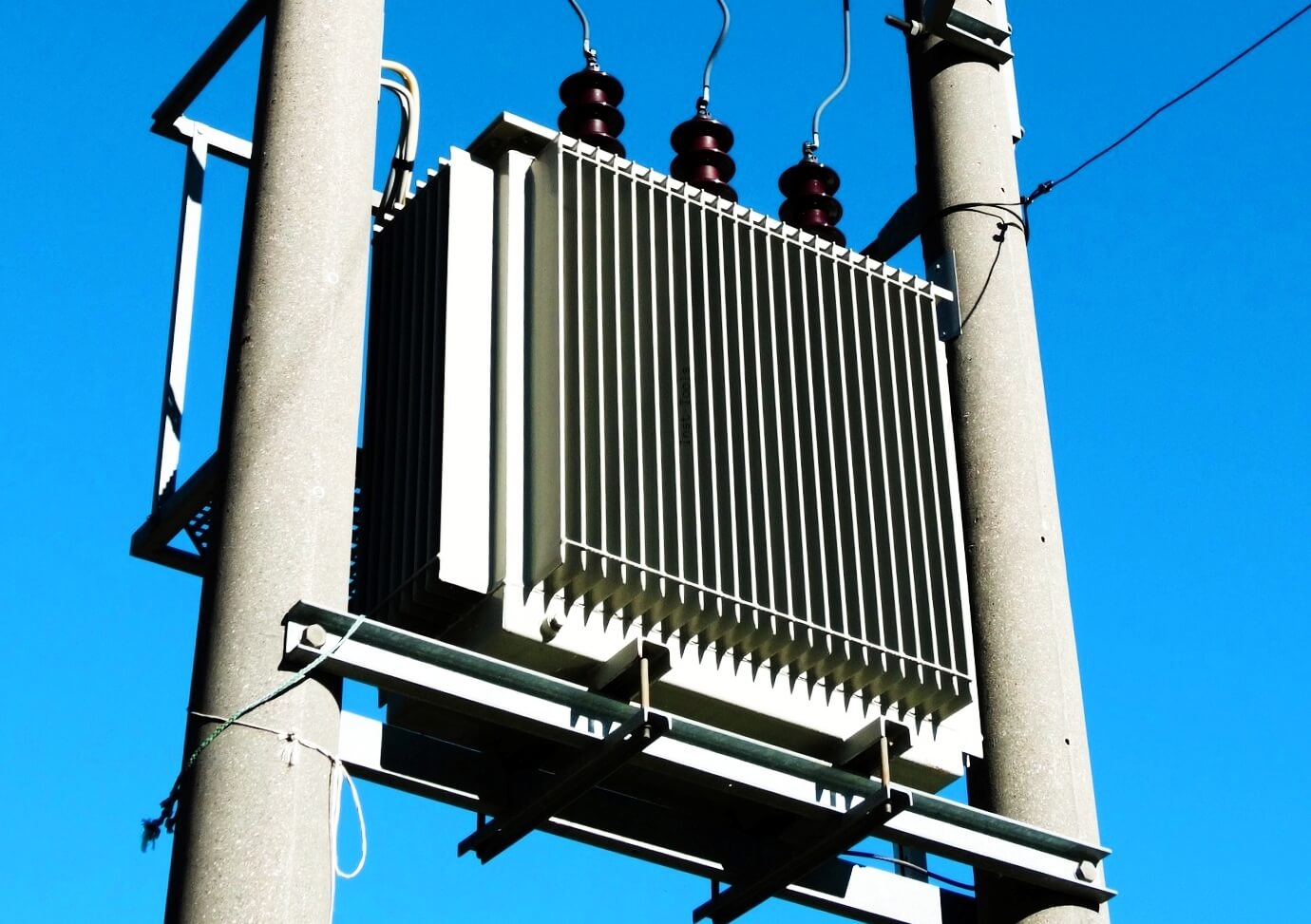
How to Reduce the Humming Sound in the Transformer?
You cannot completely eliminate the noise, but at least you can reduce the humming sound or stay away from it in the following ways:
- As the core is vibrating, the very first step will be to hold the core tight. Practically speaking, this can be done by mounting the transformer body on a solid concrete structure that is very heavy than the body weight (at least 10 times).
- As the sound is annoying, maintain a safe distance of at least 10 feet from the transformer. Prolonged sound hearing can damage the ears after a certain period of time.
- Ensure that the nuts and bolts in the transformer (majorly around the core) are tight and not loosened. This will ensure the parts are properly bonded with each other.
- Ensure there are no wall surfaces or other reflective layers around the transformer at some distance, which will help avoid the reflection of sound.
- Oil barriers and cushion padding may also help insulate transformer noise and prevent it from spreading.
- Install vibration dampeners between the case and coil assembly, which will prevent contact between the mounting surface and unit and help reduce noise reflection.
In this way, we understand how a humming sound is produced in a transformer.
If you liked this article, then please subscribe to our YouTube Channel for Electrical, Electronics, Instrumentation, PLC, and SCADA video tutorials.
You can also follow us on Facebook and Twitter to receive daily updates.
Read Next:
- Why is IGBT used in VFD?
- Auto Changeover Switch
- SCADA in Power System
- What is a Buchholz Relay?
- Motor Winding Sensors
